Deck & Commander Strategies

Tannuk, Steadfast Second
Uses haste and warp mechanics to cast powerful artifact and creature spells temporarily, leveraging the Sundial of the Infinite to retain warped permanents and generate explosive tempo swings.

Ashaya, Soul of the Wild
Ramp aggressively to increase land count and grow Ashaya's power and toughness, then deploy large creatures and tutors to overwhelm opponents with raw size and value.

Gwenom, Remorseless
Utilizes Bowl of Citadel and life payment to cast spells from the top of the library, combining Necropotence and tutors to dig deep for answers and assemble an oppressive board state.

Athreos, God of Passage
Leverages creature death triggers to recur creatures from graveyard to hand unless opponents pay life, creating a taxing and resilient engine that pressures opponents' resources continuously.
Gameplay Insights
- 1
The Tannuk player effectively combined warp with Sundial of the Infinite to keep temporarily exiled permanents on the battlefield longer than usual, gaining significant tempo advantage.
- 2
Gwenom's use of Bowl of Citadel alongside Necropotence allowed for continuous card draw and life payment to cast spells from the top of the deck, maintaining pressure through resource advantage.
- 3
Athreos' ability to force opponents to choose between paying life or letting creatures return to hand created a taxing resource dynamic that influenced board state decisions.
- 4
Ashaya's ramp and land count manipulation enabled her to scale her elemental commander to massive sizes quickly, posing a significant threat that demanded answers from other players.
- 5
Artifact synergies like Sensei's Divining Top and Lightning Greaves played crucial roles in maintaining card advantage and protecting key creatures throughout the game.
Notable Cards
-

Necropotence
-
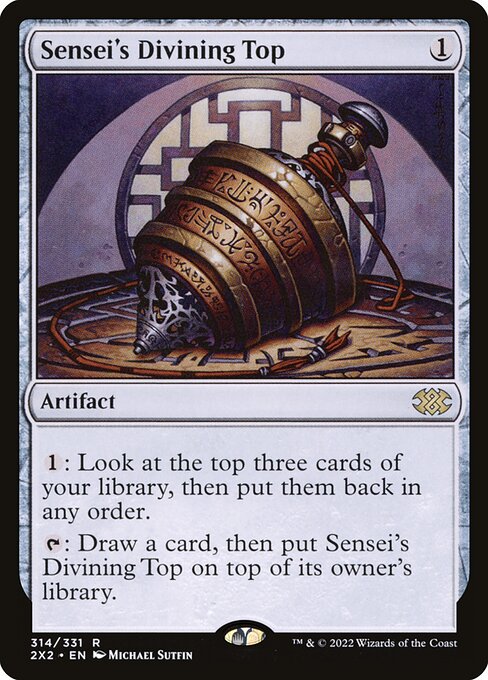
Sensei's Divining Top
-
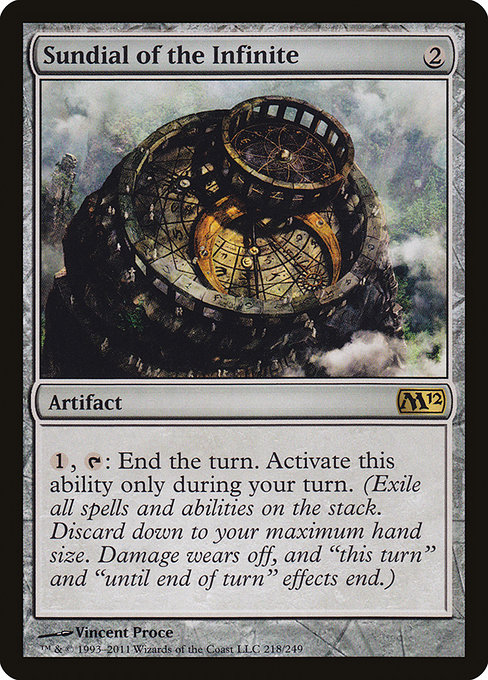
Sundial of the Infinite
-

Ancient Tomb
-
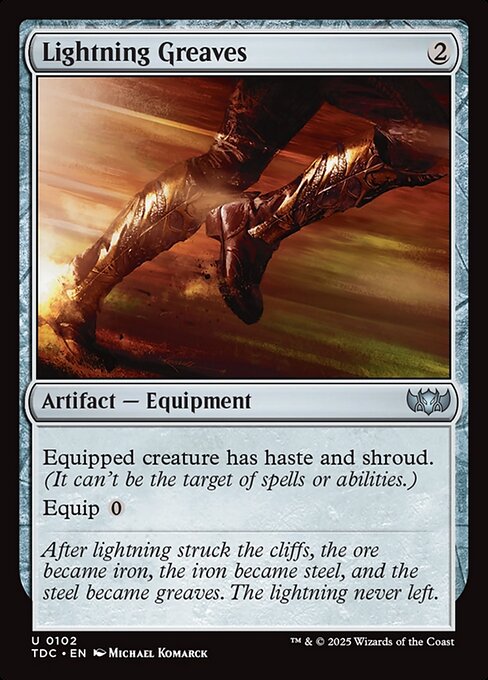
Lightning Greaves
-
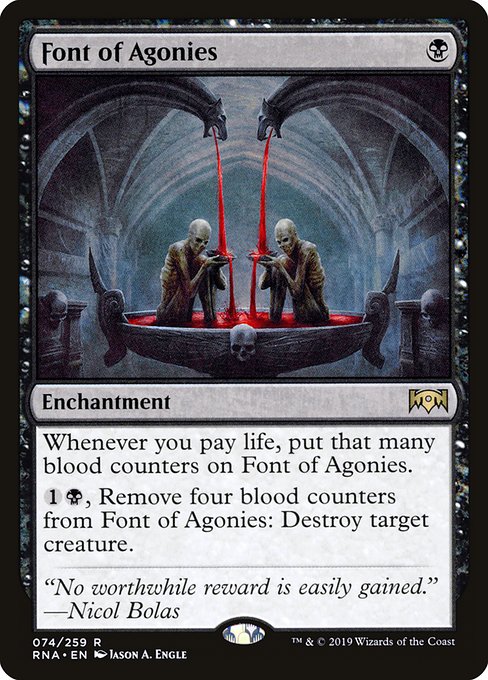
Font of Agonies
-

Demonic Tutor
-
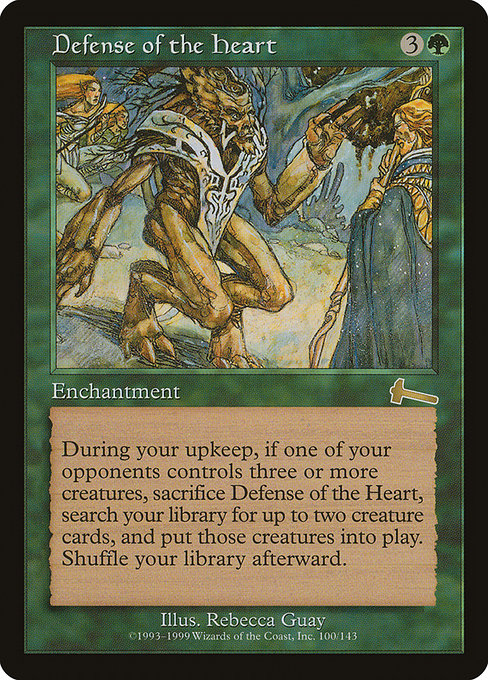
Defense of the Heart
Gameplay Summary
The game started with each player establishing their board state and mana base, with a notable early drop of an Ancient Tomb and the Sundial of the Infinite by the Tannuk player, enabling potentially explosive plays involving their warp mechanic.
Gwenom, aiming to leverage the top-of-library play enabled by Bowl of Citadel, used life as a resource to cast powerful spells at a reduced cost.
Ashaya's player focused on ramping and growing a massive elemental by controlling numerous lands, while Athreos' player set up a resilient recursion engine to repeatedly reuse creatures and tax opponents with life payments.
Early combat and board development were cautious, but key artifacts like Lightning Greaves and Sensei's Divining Top began to accelerate tempo and card advantage across the table. As the game progressed, the Tannuk player utilized warp and the Sundial of the Infinite to maximize value from temporarily exiled permanents, creating a volatile board presence.
Gwenom's deck dug deep with Necropotence and tutors to assemble a threatening board state, while Ashaya's elemental grew substantially large, pressuring opponents with its size.
Athreos consistently pressured opponents with creature death triggers, forcing difficult life payment decisions and repeatedly returning threats to hand.
The interplay between these strategies led to chaotic board states, with multiple players jockeying for control through recurring creatures, aggressive threats, and artifact-driven combos.
The game featured several pivotal turns involving mass card draw, targeted removal, and taxing effects that shaped the late game tension.



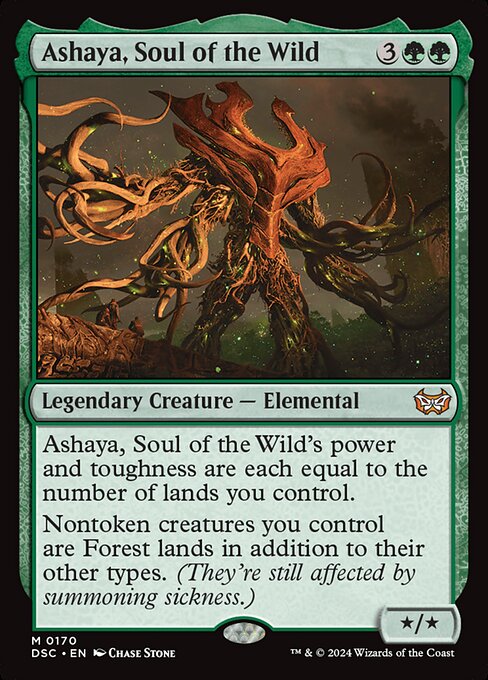






















![Commander Versus Series: Athreos v. Vhati Il-Dal v. Jenara v. Doran [MTG Multiplayer] thumbnail](https://i.ytimg.com/vi/E2E164x4aAE/sddefault.jpg)




























